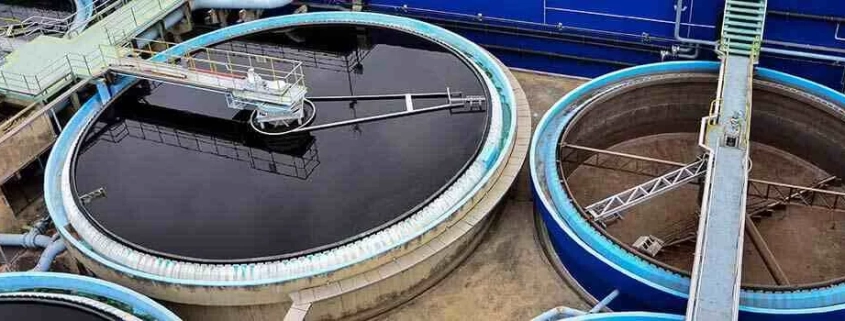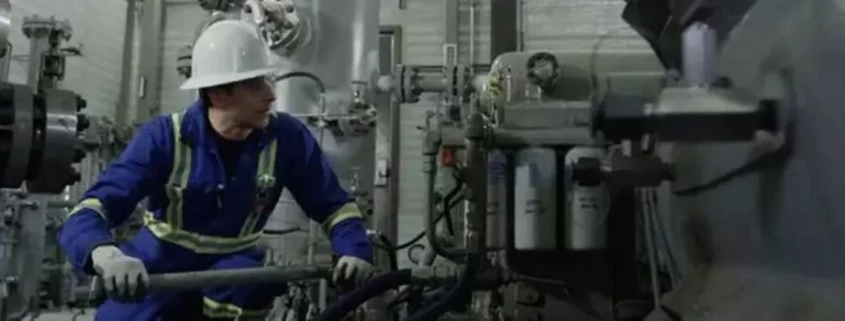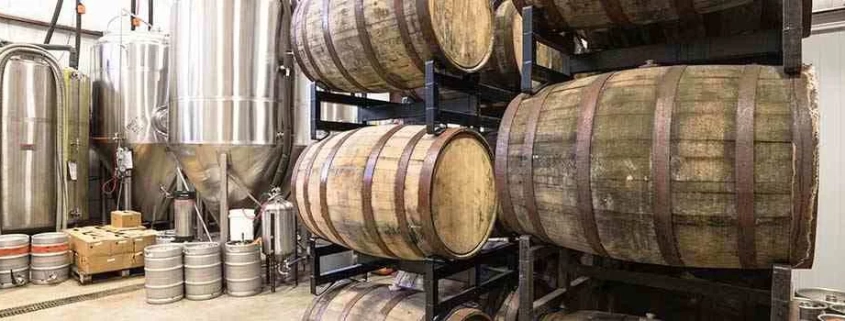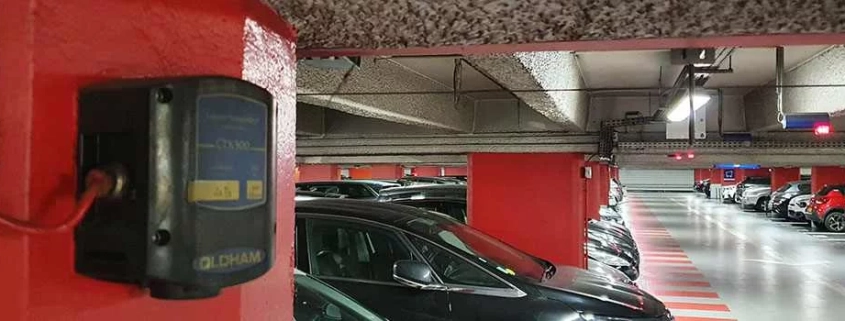Su sanitasyonu ve atık su yönetiminde en sık karşılaşılan gazlar methane (CH4), ammonia (NH3), chlorine (Cl2), ozone (O3), carbon dioxide (CO2) and is nitrogen (N2). Many serious gas accidents occur around the world every year. Therefore, several water purification gas detection units It is highly recommended to install and use .
Water PURIFICATION gas detection
4 gas detectors
This is primary It is a 4 gas detector and in wastewater treatment plants sanitation for It is the most widely used device . At the same time methane ( CH4 ), hydrogen sulfide (H2S), carbon monoxide (CO) and lack of oxygen (O2) follows. It is also recommended during training for water and wastewater treatment workers.
Ammonia detection
When drying waste sludge (inversion and destocking) release of highly toxic concentrations of ammonia (NH3) and hydrogen sulfide (H2S) gas may occur . For this purpose, for the health and safety of employees It is essential to install NH3 and/or H2S gas detection devices.
Chlorine and ozone detection
Her water purification Tertiary treatment consists of removing residual phosphorus, chemical or biological micropollutants from treated water. Purification techniques can be physical (sieving, microfiltration) or chemical, usually chlorine (Cl2) or ozone via (O3).
Water and wastewater treatment respiratory protection
Emergency escape breathing apparatus – EEBD –
Escape breathing apparatus, open air emergency evacuation It is a special respiratory protection device . This is a half mask or hood equipped with an ABEK-specific filter. It is designed to protect against organic, inorganic (except carbon monoxide), acidic substances, ammonia and sulfur compounds with an autonomy of 15 minutes (evacuation time).
Self-saving mask -SCSR
self-saving mask, especially Designed for emergency evacuation in unbreathable environments It is a respiratory protective equipment . It is recommended during confined space training for any wastewater treatment workers as it is the safest emergency escape device.
Limited Space Training
Any wastewater treatment worker entering a potentially confined space is required to receive confined space training, depending on the level of work.
With local education (in France CATEC® training, indoor certification in the UK or US OSHA such as indoor training), students learn more about safe working practices, appropriate control measurements, and what the regulations say regarding safety in the workplace. After receiving training, water treatment workers become aware of confined space hazards and understand the importance of implementing appropriate control measures and necessary emergency procedures.
Our choice of gas detectors for wastewater treatment
Our gas detectors are ideal for measuring oxygen levels and monitoring concentration levels of methane, hydrogen sulfide, chlorine, ozone and carbon monoxide, which are toxic gases found in sewage and wastewater treatment environments.
Escape masks and self-rescue masks for water purification and sanitation
Our leak masks and self-rescuers are designed for use in tight spaces and emergency evacuations. They guarantee respiratory safety for those working in water treatment and sanitation environments.










